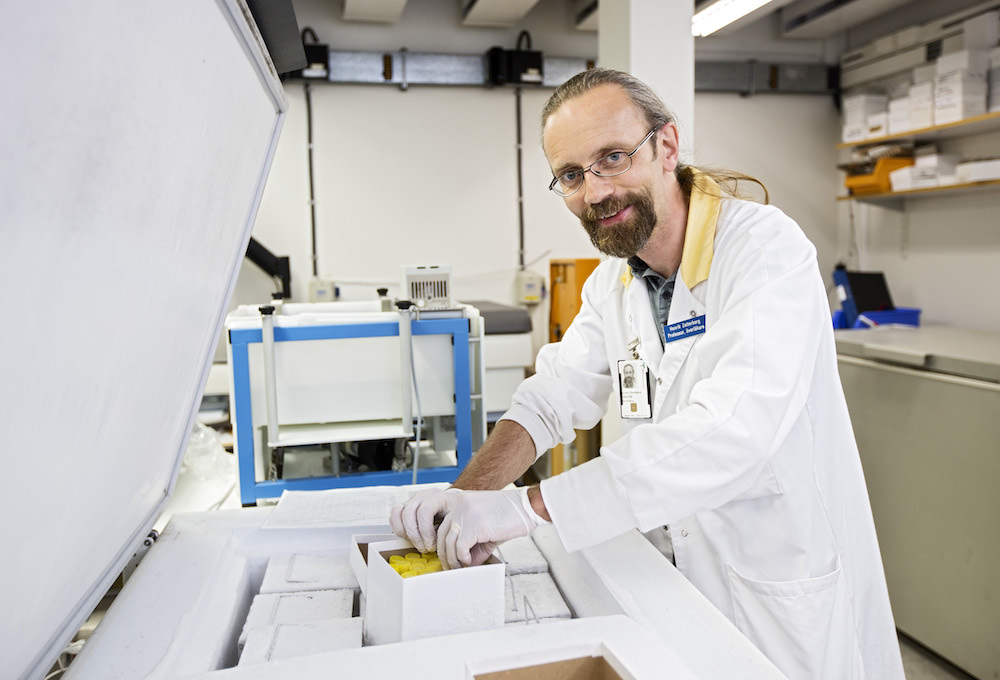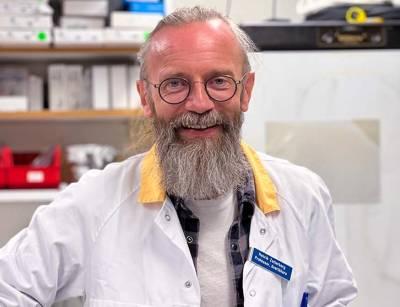Biography
With a background in molecular biology and medicine, Prof Henrik Zetterberg has spent the past 15 years focusing on the development of biomarkers for Alzheimer’s disease and other brain disorders - becoming a world expert in the process. He has published more than 1100 scientific articles and has received numerous awards.
Zetterberg Lab
Explore the work of the Zetterberg Lab, pioneering the development of fluid biomarkers for dementia

